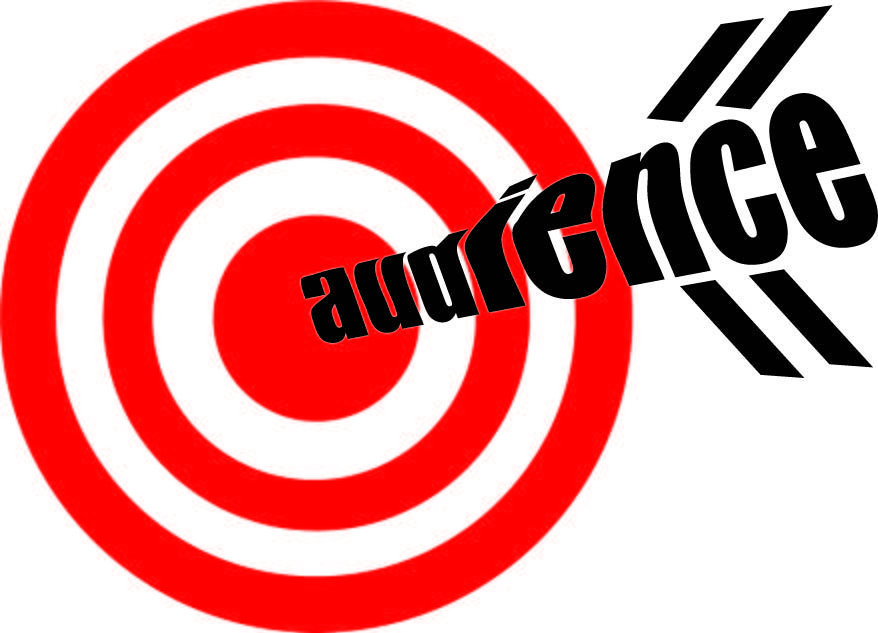One of the most common issues acquisitions editors find when reviewing queries is that an author’s target audience for a book is too broad. While it would be incredible if your book ended up in the hands of nearly everybody because someone like Oprah picked it for her book club, for most books that’s not the case.
Ensuring that you are aware of your reader before you query your book will help not only your agent (if you have one), but your publisher continue to strengthen the concept of your audience and transform it into a marketing profile.
Marketing profiles are used fairly often in publishing and other businesses as a way to imagine who exactly a product will be sold to. More importantly, it helps marketing teams imagine what unique aspects of a product will make people want to purchase it.
Identifying your audience in a broad sense can be helpful when initially imagining the concept for the book, why you want to tell that story, and who you want to tell it to. But when querying, if you are able to tell editors that your reader is a part of a specific age group, socioeconomic status, education bracket, or even if you can describe their interests, it becomes easier to understand who this reader is and why they need your book. For a quick reference on how to build your target audience profile, check out steps 4–7 in this article.
Oftentimes, developing a target audience can reveal interesting information about how to get the book into the hands of the reader. For example, if members of a target audience are likely to listen to podcasts, then the marketing plan for the book should include some reviews by podcasts they probably listen to. If the book is about a character going off to college, publication should be planned around the time of high school graduations, and the marketing plan should focus on adults and parents in the reader’s life who might gift the book.
When a query comes in with a well-developed target audience, it makes the book seem more viable to the editors. Being able to picture the audience as a specific person—almost like a character—helps generate ideas for a marketing plan, which leads to a better pitch and better acquisition.
One of the most important factors in a successful book pitch is building a case for who the reader is and why they will read the book. At Ooligan, we spend a bit more time to describe not only why they will buy the book, but why they will open it in the first place, and what will drive them to keep reading. Imagining the different reasons for each of these scenarios will allow you to picture what will make your book sellable beyond just its content.
All of this will help you build a better case for why your book should be acquired in your query. Taking these steps will also show that you are an author who is aware of your audience and how your book should be marketed, which publishers love!

